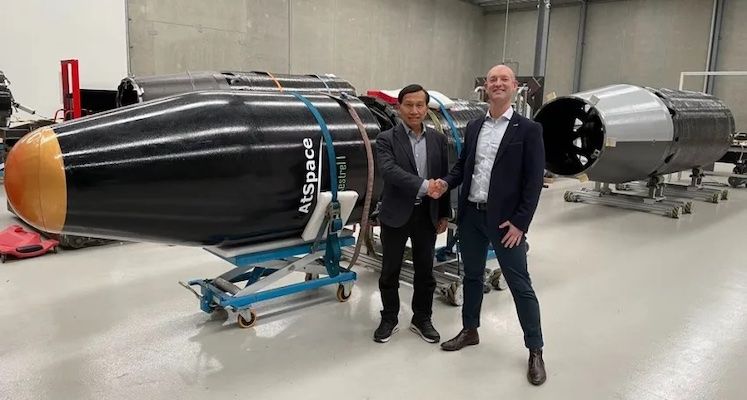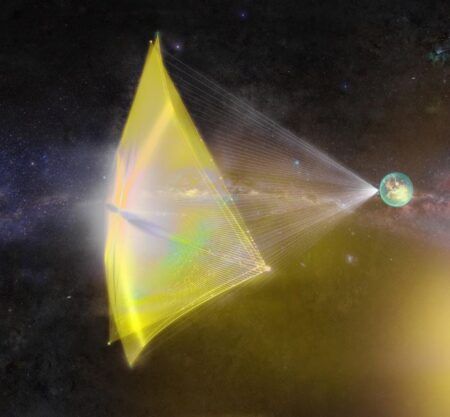Space launch and test range provider Southern Launch is set to retry launching a prototype suborbital rocket in South Australia next month after a failed first attempt last year.
The experimental Kestrel 1 rocket, built by Australia-based company ATSpace, will be launched from a site in Whalers Way, about 30km (19 miles) from Port Lincoln.
ATSpace is a sister company to Taiwanese company TiSPACE, which has previously worked with Southern Launch at Whalers Way.
Researchers aim to test the viability of the Kestrel 1 in the hopes of one day being able to launch satellites from the site. They are also gathering data on the noise and environmental impacts of conducting launches at the site.
Mechanical faults have beset previous launches, including a launch in September last year in which the Taiwan-built rocket caught fire.
Lloyd Damp CEO of Southern Launch said the company was “continuously improving” and learning after several setbacks last year. “We have learned so much about operating rockets,” he said.
“Even the little rockets that we launch have 15,000 horsepower when we light them up. So, they have huge amounts of energy – and operating not only the technology but the environment in which that technology flies in a very safe manner is all part and parcel.
“Based on lessons learned, we went out and purchased a short range radar so that we can track objects, aircraft and ships and other bodies and collect that information ourselves and not be wholly reliant on external sources of information.”
Southern Launch, which was founded in 2017 is developing two locations in South Australia as space launch sites – Whalers Way Orbital Launch Complex and the Koonibba Test Range. In September, The company formed a sharing partnership with the United States Space Command to ensure its rockets don’t collide with outer space objects.
It is the first Australian space launch group to enter such an agreement.
South Australia is seen as a good potential site for space launches because of its good weather conditions and relatively low amounts of air traffic. Damp said it is a matter of “time and approvals” before satellite manufacturers will be able to launch their own rockets on-site within 48 hours.
According to Damp data collected during the test launches will demonstrate to the South Australian and federal governments that this type of facility is “more than suitable at this location”.
“It will also demonstrate that we can do space launch from Australia, and we are no longer reliant on our international allies and partners to provide access to one of the world’s most critical areas.
“We are fully reliant on space technologies via the internet, GPS, whether on a day to day business, and here we are, actually creating that self-reliance that we as a nation has come to recognize, and what Southern Launch is doing is filling in that final piece of the puzzle.”





